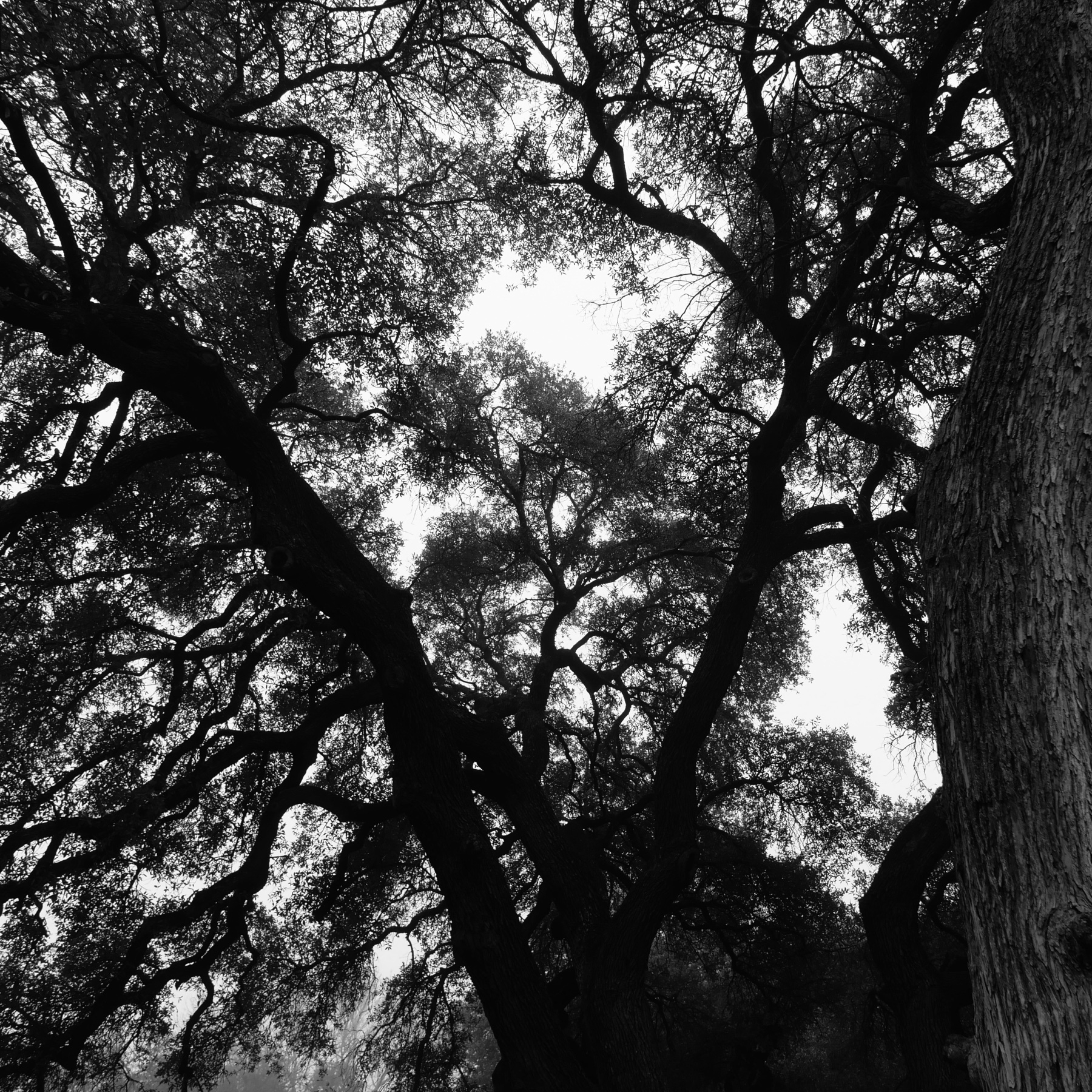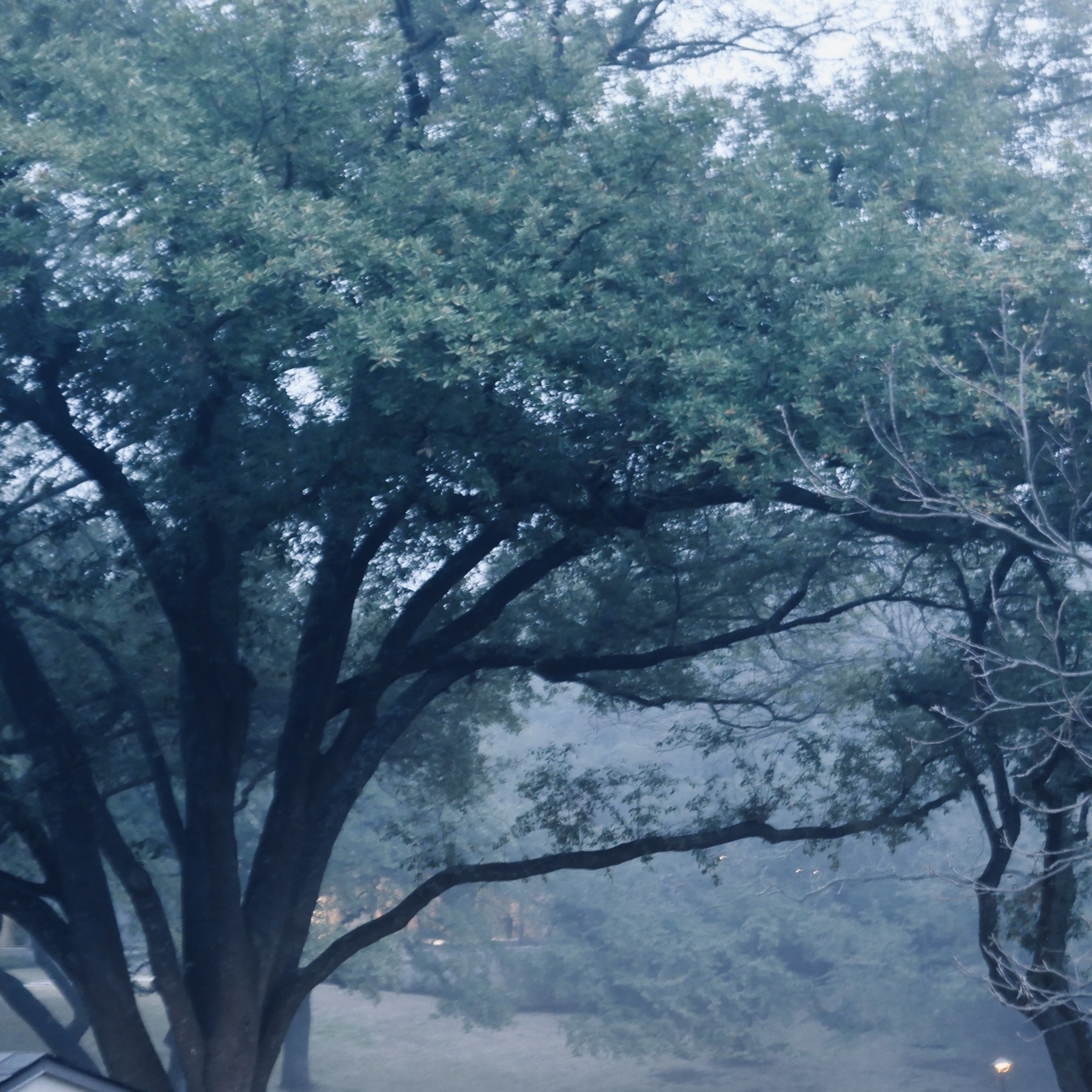In the morning, one of the prisoners who hadn’t yet lost track of the calendar recalled, “Today is Easter Sunday.”
Here’s a beautiful meditation by Eleanor Parker on the Cross and the medieval poem “The Dream of the Rood.” I recently read Parker’s book Winters in the World, which is a delight and a treasure-house.
unsimulated
Re: this essay by Alexa Hazel — of course people think we’re in a computer simulation. We always conceive of our minds as a dominant technology of our moment. As Gary Marcus wrote a few years ago, “Descartes thought that the brain was a kind of hydraulic pump, propelling the spirits of the nervous system through the body. Freud compared the brain to a steam engine. The neuroscientist Karl Pribram likened it to a holographic storage device.” But, Marcus insists, when we say a mind is a computer this time we’re right. Say others, No we’re not.
Me, I think we’re always wrong. We make idols and worship them — we remake ourselves in the image of our own technologies. See Brad Pasanek’s Metaphors of Mind: An Eighteenth-Century Dictionary to understand how this works, but John Calvin put the point most forcibly when he said that “the mind is a perpetual forge of idols” — thus critiquing this practice and exemplifying it at the same time, a neat trick.
Hazel continues:
When I talk to friends who don’t live in Palo Alto, they suggest that I have been here too long. I hear things like, you have drunk the Kool-Aid. No one wants this, they say. No one will use these devices.
Meanwhile, a lab at Stanford has already manufactured an effective retinal implant. The clunkiness of existing VR headsets is beside the point. How our lives will become more digital is undecided. That they will become more digital seems to me basically inevitable. To gesture to Meta’s slumping stock price in order to clinch the argument for VR’s irrelevance is to draw attention away from the question of who’s steering the ship, to what end, and why.
This strikes me as the despair of a humanist forced to dwell in the molten core of the Californian ideology. The truth is that many lives will become more digital, but some will opt out of that bullshit. Be one of the opt-outers.

Finished reading: The Age of Eisenhower by William I Hitchcock 📚
in brief
If I were a journalist and given the task that Nathan Heller had, here’s the primary (though not the only) thing I'd have done:
First, I’d have approached professors of English and related humanities fields and said this: “Enrollments in your discipline have been declining for quite some time, and declining dramatically — a decline I assume you’d like to reverse. What do you do in your classes? That is, how do you teach the books you assign? What are your key concerns, your primary educational purposes? What do you most want for your students? And why should they want for themselves what you want for them?”
Then, having gathered and sorted through answers, I’d have approached students and told them what the professors had said in reply to my questions, and I’d have asked: “Does that sound like something you’d want to pursue?”
Nathan Heller didn’t do any of this, as far as I can tell.
Re: my buddy Austin’s recent post on indexing notebooks, for most of the last decade I have used Leuchtturm notebooks, which helpfully have index pages at the beginning. And I have faithfully used those, but I have not found them especially useful. What works best for me is this: Whenever I start a new notebook I devote the first few pages to summarizing the most important ideas from the previous notebook. I also have a monthly text-file journal on my computer, and each time I start a new month I do the same: write down what seems most important from the previous month.

Currently reading: The Age of Eisenhower by William I Hitchcock 📚
a better way
I’ve often written in praise of RSS — see the tag — as a Better Way to read stuff online than any social media platform could possibly be. There are a thousand ways to use RSS, but if you happen to have a Mac an especially good one is NetNewsWire, the app that, many years ago, introduced me to RSS reading. NetNewsWire is free, and here’s a post from its developer Brent Simmons explaining why. I also like the document on NetNewsWire’s Github page — it’s open-source — explaining what you can do to support the app, since you can’t pay money for it. Excerpt:
Write a blog instead of posting to Twitter or Facebook. (You can always re-post to those places if you want to extend your reach.) Micro.blog is one good place to get going, but it’s not the only one.
Use an RSS reader even if it’s not NetNewsWire. (There are a bunch of good ones!)
Teach other people to use RSS readers. Blog about RSS readers. And about other open web technologies and apps.
Suggest apps for macopenweb.com.
Write Mac and iOS apps that promote use of the open web.
Donate to charities that promote literacy.
Tell other people about cool blogs and feeds you’ve found.
Support indie podcast apps.
For Chat-Based AI, We Are All Once Again Tech Companies’ Guinea Pigs - WSJ:
Celeste Kidd, a professor of psychology at University of California, Berkeley, studies how people acquire knowledge. Her research has shown that people learning about new things have a narrow window in which they form a lasting opinion. Seeing misinformation during this critical initial period of exposure to a new concept—such as the kind of misinformation that chat-based AIs can confidently dispense—can do lasting harm, she says.
Dr. Kidd likens OpenAI’s experimentation with AI to exposing the public to possibly dangerous chemicals. “Imagine you put something carcinogenic in the drinking water and you were like, ‘We’ll see if it’s carcinogenic.’ After, you can’t take it back—people have cancer now,” she says.

Finished reading: Bad Land: An American Romance by Jonathan Raban. What a superb book – and how I wish I had written it. 📚

Currently reading: Bad Land: An American Romance by Jonathan Raban 📚
The thing I find most suspicious/fishy/smelly about the current hype surrounding Stable Diffusion, ChatGPT, and other AI applications is that it is almost exactly six months since the bottom dropped out of the cryptocurrency scam bubble.
This is not a coincidence.

Finished reading: Dreams of El Dorado: A History of the American West by H. W. Brands. A brilliant book – a vibrant narrative about an immensely complex subject. 📚

Currently reading: Dreams of El Dorado by H. W. Brands 📚




